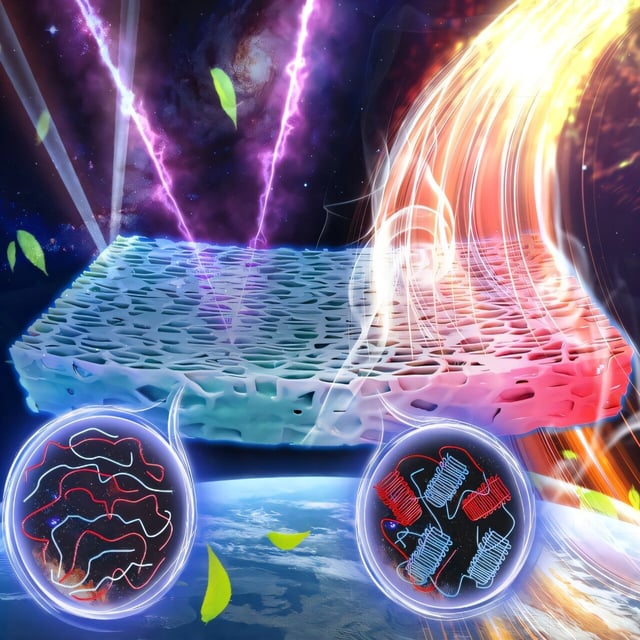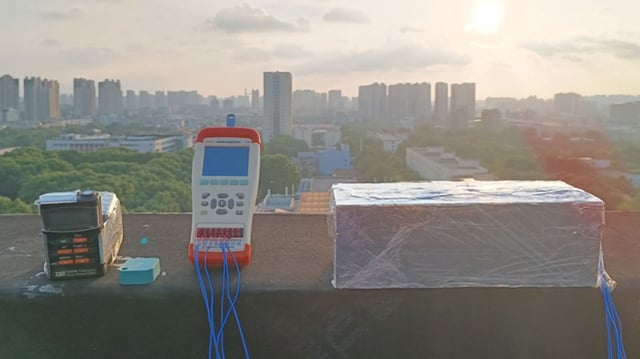Overview
- The plant-derived PLA film passively lowers surface temperatures by as much as 9.2 °C under peak sunlight without any electricity
- A low-temperature separation fabrication process yields a porous structure that maintains up to 6.5 °C cooling power after harsh acid and UV exposure
- Field tests in China and Australia recorded average temperature drops of 4.9 °C during the day and 5.1 °C at night
- Simulations indicate cities such as Lhasa could reduce annual cooling energy use by as much as 20.3% with rooftop application
- Researchers are now pursuing large-scale manufacturing and exploring uses in transportation, agriculture, electronics and biomedical cooling

